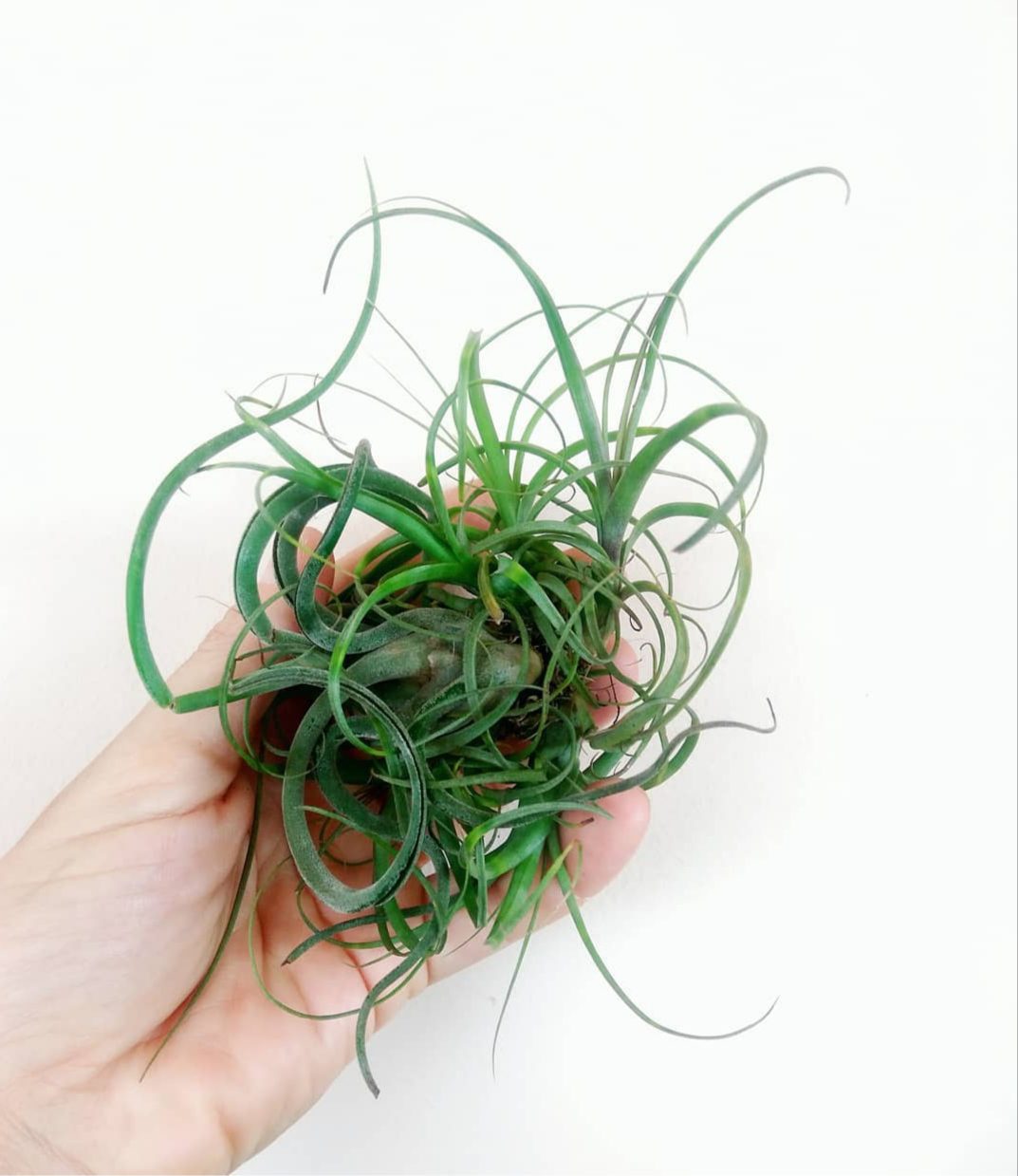Ever look up under the canopy of a tree here in Costa Rica and see all the wonderful little plants that live up there? If you have, chances are you probably have come across an air plant or two … or maybe even hundreds!
Air plants are epiphytic and/or aerophytic in nature, and will attach themselves to trees, telephone wires or rocks using their roots to latch on. If you know a bit about epiphytic and aerophytic plants, you know that they do not need soil in order to grow.
In fact, air plants live off of water and air alone, and their root system is primarily used to anchor themselves to other surfaces. They produce their own nutrients through a process called photosynthesis. They can absorb small quantities of water through tiny structures on their leaves called trichomes, and can also absorb other nutrients through dust and dirt trapped in the air.
Diverse native species
The most commonly found air plants within Costa Rica belong to the genus tillandsia. There are over 650 different species of tillandsia in the world, and a countless number of hybrids. Costa Rica has over 200 native tillandsia species.
The genera tillandsia is part of the bromeliaceae family and can be found from the southern United States all the way down to parts of Argentina. Tillandsias generally prefer humid environments.
When the tillandsia plant has reached maturity, it will enter a reproductive phase and begin to flower. Interestingly this only happens once in a lifetime, not only marking the start of the reproductive phase but also nearing the end of the life cycle. During this phase, tillandsias will also begin to produce “pups” that will eventually grow into individual mature plants.
Tillandsia flowers are quite varied and can come in a myriad of colors, sizes and shapes. Some tillandsias will produce a large inflorescence shooting from the center in a series of bloom tracks that can reach up to a meter in height. These bloom tracks can survive for an extended period of up to one year in some species.
One of the most popular species easily found in Costa Rica is the tillandsia caput-medusae (Medusa’s head), also known as octopus plant for its tentacle-like shape. This beautiful tillandsia has stiff, slightly curled leaves covered in fine grey hairs (trichomes), allowing it to absorb nutrients and humidity from the air. Resemblance to jellyfish tentacles explains the Medusa name.
Moisture and light important
If you plan to grow any air plants at home, there are a few care tips you should follow to ensure they enjoy healthy lives. Air plants like moisture, and remember that they absorb water through trichomes on their leaves.
To keep your air plant happy, make sure to mist it regularly with water, about every three days. You will also want to give your air plant some additional watering by placing it face down in a bowl of water for about 10 minutes before removing and letting it dry. This can be done on average once a week.
Make sure to find a bright indoor spot for your air plant. Even though these plants like some shade outdoors, indoor lighting tends to be much weaker than natural outdoor light. We recommend giving your plant bright indirect light, and keeping it within a couple meters from a window.
Air plants are especially fun to display. Because they don’t require any soil, you can hang them virtually anywhere on a string, or place them in a holder. It’s a great time to get creative and have fun with your air plants.
Happy growing!






